Tesla Model Y roadtest review: Question time
/It wasted no time dominating the sales chart, but could this crossover do more to win hearts in an increasingly competitive sector?
Read MoreIt wasted no time dominating the sales chart, but could this crossover do more to win hearts in an increasingly competitive sector?
Read MoreThe tech impresses, the build quality is okay but forget about the budget pricing Elon once hinted at.
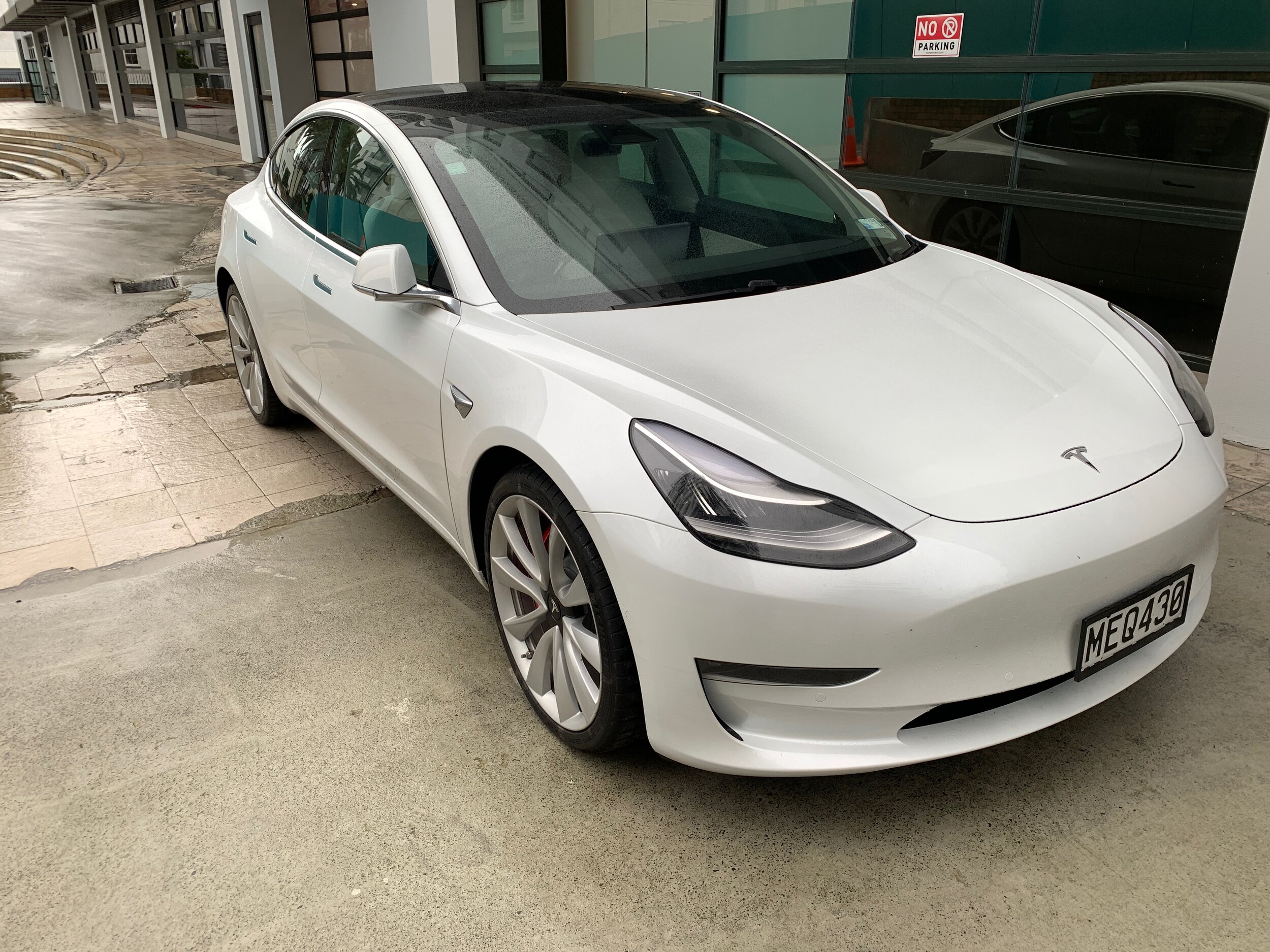
Base price: $101,100.
Powertrain and performance: Performance lithium-ion plug-in battery pack, AWD, range 560km (NEDC), 0-100kmh 3.4 seconds.
Vital statistics: 4694mm long, 1443mm high, 2875mm wheelbase, luggage capacity 423 litres, 20-inch alloy wheels.
We like: The range, roominess, driving feel.
We don't like: Design shortcomings, the price, single display too diverting.
BIG brother was watching. Presumably big sister, too.
“We know where you’ve been,” said the staffer to whom I returned the key, before referencing places I’d indeed passed through. An in-car tracker? No, but as sinister. Hardcore fans. On that day, just a handful of Model 3 sedans were in circulation. I’d been hot news on the supporters’ social network from start to finish.
Old news now, with registrations count for September making bigger headlines. Even if all those 359 cars were pre-ordered, that many on the road in the first full month is worth crowing about.
Is this the start of something big? Actually, I’d be surprised. Even those utterly afflicted by Teslosis would have to accept the editions presently being served up – a base single motor model at just under $74k and the $30 grand-dearer flagship twin-motor Performance I drove - aren’t best candidates to meet the 2016 unveiling pledge about this being an ‘EV for the masses’. Until it hit a more relevant price zone, Tesla is working the same fad-driven consumer crowd as every other player.
How about that desirability? Hate me if you must, Tesla-philes, but I’m not sold on that. Yes, it achieves – utterly nails, in fact – core capability. But so much is left undone; the Supercharger network is awesome, but one sales and support centre for the entire country? Not what I’d like if living well away from Auckland.

Also, there’s what you’re getting. In hindsight, with sedans being such hard sells now, the Model Y would be so much more suited to this entry role. As is, more design flair wouldn’t hurt the Model 3. It’s interesting the designer (who came from VW via Saturn, famous for anodyne America-centric fare) has added extra accents to his personal example. It needs more pizzazz. And bright colours.
The budget quality of some trim, the shapeless seats – the rear bench is exactly that - and doors that close with a clang. These jar. Build quality? If you know of the background of how an attempt to deliver an automated assembly line for this car so derailed it had to revert to an old-school manual assembly line - under canvas – you’d wonder. But it was truly good. But, all in all, it doesn’t sizzle for visual appeal.
Only when you get into the car … are you fully swept up by ‘the show.’ And it’s a magnificent adventure. One beginning with the ‘key’ - a card you waft up and down the B-pillar to find the ‘secret’ spot for unlocking – and continues when you note the lack of an instrument panel, very few buttons, not even orthodox vents. Again, stuff gets quirky and questionable. An electric window control that turns out to be an interior door release, those multi-functional rollerballs on the steering wheel, a gear selector that doubles as the cruise control activator? Boundaries are not stretched. They’re broken.
Love or hate? So much depends on how well you can relate to the central control centre; a monolithic and impressively high-res 15-inch central touchscreen. As in-car displays go, it’s the best I’ve seen. Considering the complexity of the functionality it copes with, the system is easy to fathom and the slick, fast-acting graphics are brilliant.
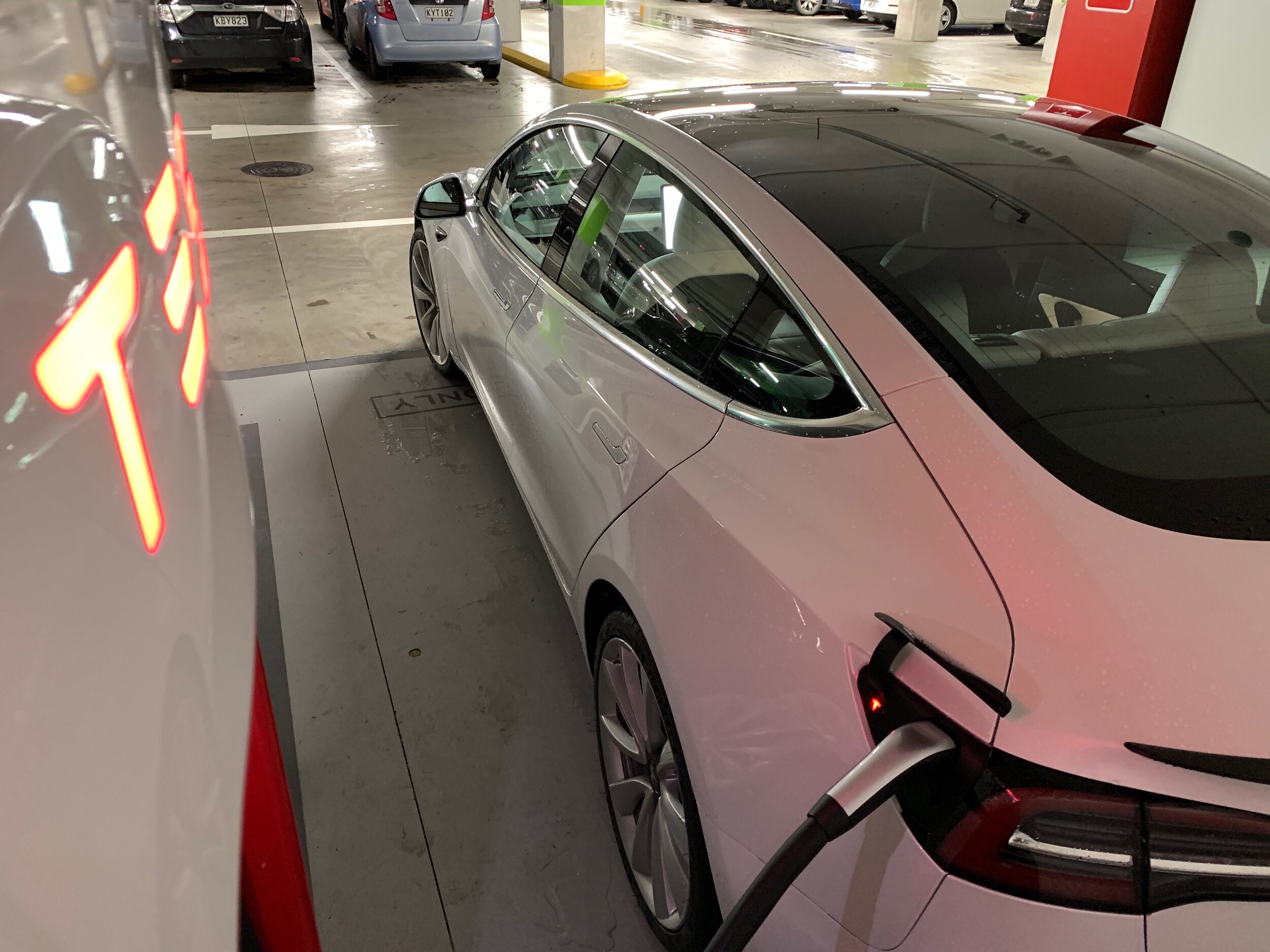
It’s smart. Maybe too smart. Certainly, an interface dedicating well beyond core operational functions and driver assist engagements but also being the portal to an astounding span of infotainment options (forget Apple CarPlay, Android Auto and even AM radio, say howdy to net-streaming and a huge music library) AND the famous Tesla toybox containing those initially trendy (surely ultimately tiresome) Easter Eggs (farting indicators, old-school video games and so on) is very busy. It really shouldn’t also have to facilitate functions for opening the glovebox, adjusting the wiper settings and door mirrors and resetting the tripmeter (apparently). But it does.
Driving in poor weather and often heavy traffic was a stern test of potential to distract when driving. A head-up display, in which the most salient data could be relayed, would be massively beneficial, but it’s either too old-school or too orthodox for Tesla.
As for the one tech element that really sets Tesla apart? Having proven to be less than genius overseas, it didn’t really surprise to be advised the self-driving guidance suite, Autopilot, asks for total hands-on involvement here.
That’s probably just as well. Motorways aside, NZ’s roadscape is a challenge for even advanced semi-autonomy and this car’s array of cameras and sensors weren’t behaving well enough to be utterly trustworthy. In traffic the visualisation of surrounding vehicles around was often false-alerting lane intrusions and the active cruise control seemed to be thrown by the rain. At point of overtaking a truck on the motorway in a downpour, the car emergency slowed, having apparently mis-identified the rig’s tyre spray as something more solid. From my experience, other systems don’t do this.
What redeems the car is something I hadn’t really expected; a pleasing engagement under human guidance. As is typical of EVs, it gains speed smoothly and almost silently, with the motors providing strong power. Even though this is the only Tesla not to have Ludicrous mode, it feels massive under full urge.
If anything, though, it’s the dynamic side that pleases more. I didn’t go far or hard enough to establish its credentials as a full-out performance sedan, so if you’re wondering how well it ultimately meets the badge promise … sorry, can’t say. Track day fanging would be an intrigue; surely those Michelin P44S tyres and meaty Brembo brakes aren’t just for show?
The low centre of gravity helps it change direction crisply and feel stable in corners. Though in this car there was sense the rear and front motors were slightly out of synch, I found once I’d finetune a few things, notably the steering, it carried itself well. All it needs is a less harsh ride and improved sound-proofing; the cocoon of quiet requires smooth motorway tarmac.
Need for battery replenishment was more to try out the Supercharger network than range anxiety. I did get a little jittery when charger didn’t initially disengage, diagnosed as /a system glitch.
The Performance is an opus, no argument. It aces the EV 101 of delivering very good operability and range. It’s largely engaging to drive.
However, it’s not absolutely not the car that delivers on the promise Elon’s acolytes thought they heard. Musk’s vaunted ‘Master Plan’ always called for making expensive vehicles to fund cheaper ones realising less profit but, ultimately, more potential through achieving greater volume. It’s a great idea; car-making 101, in fact. Time to try is fast running out.
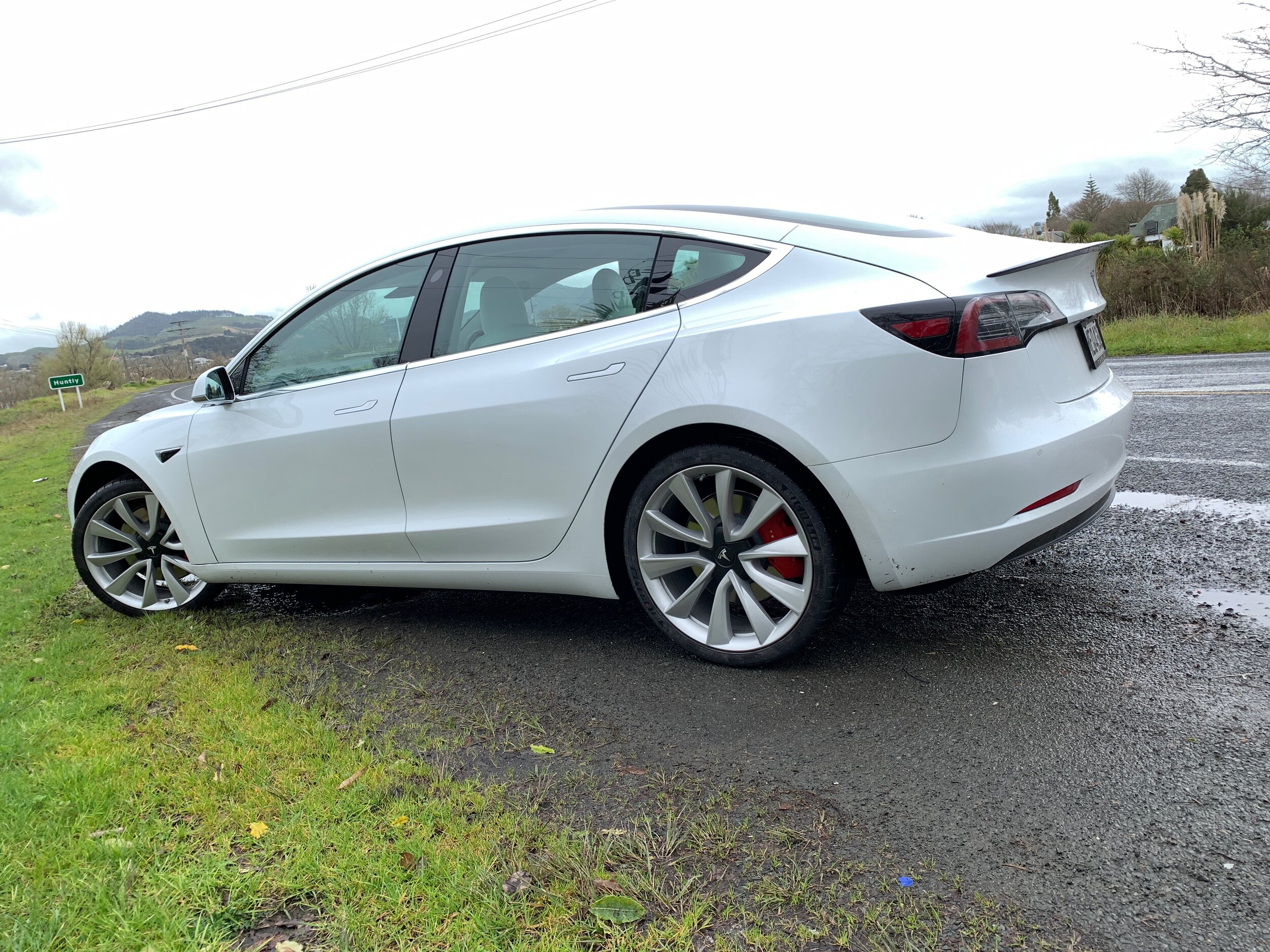
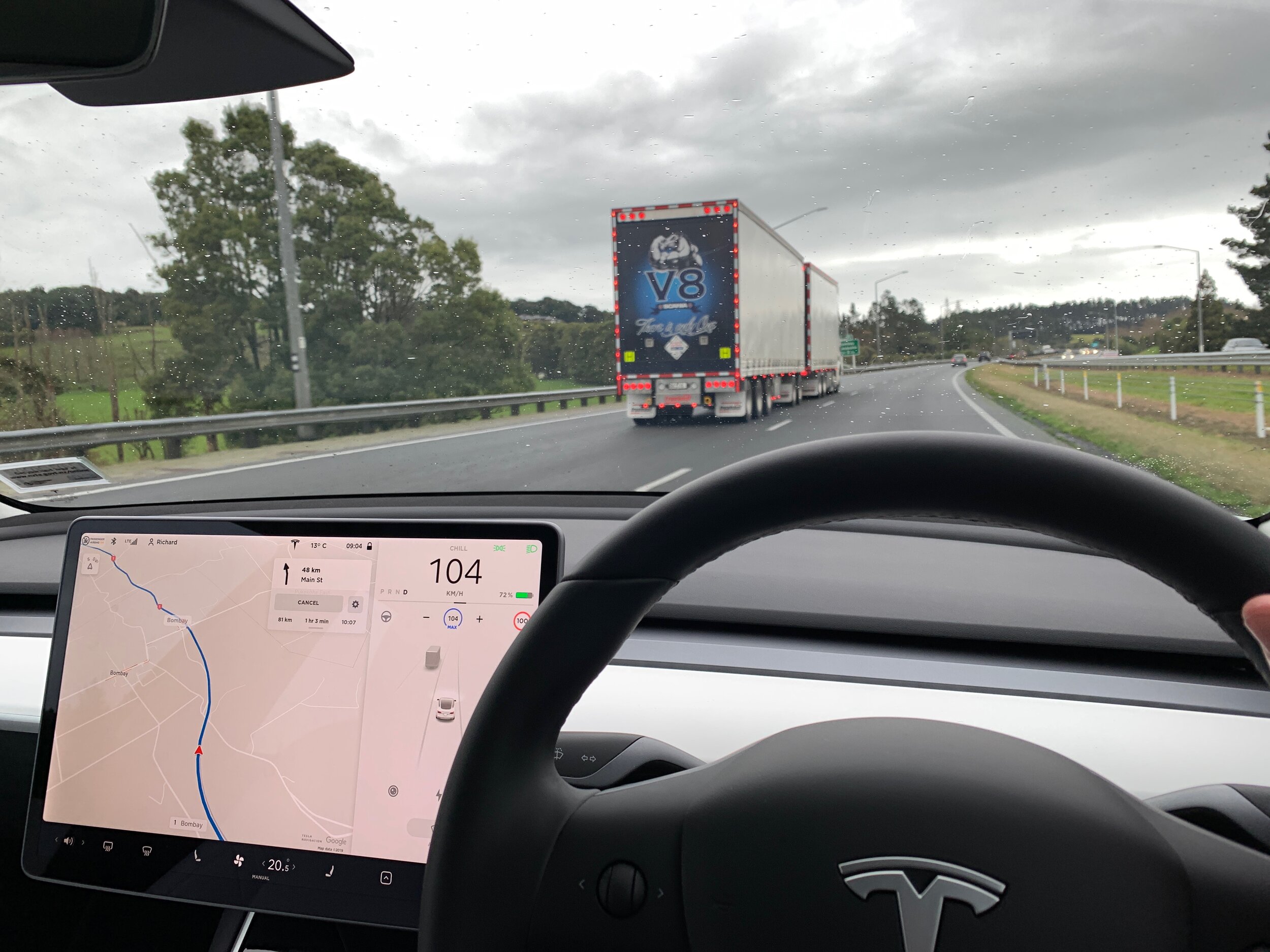
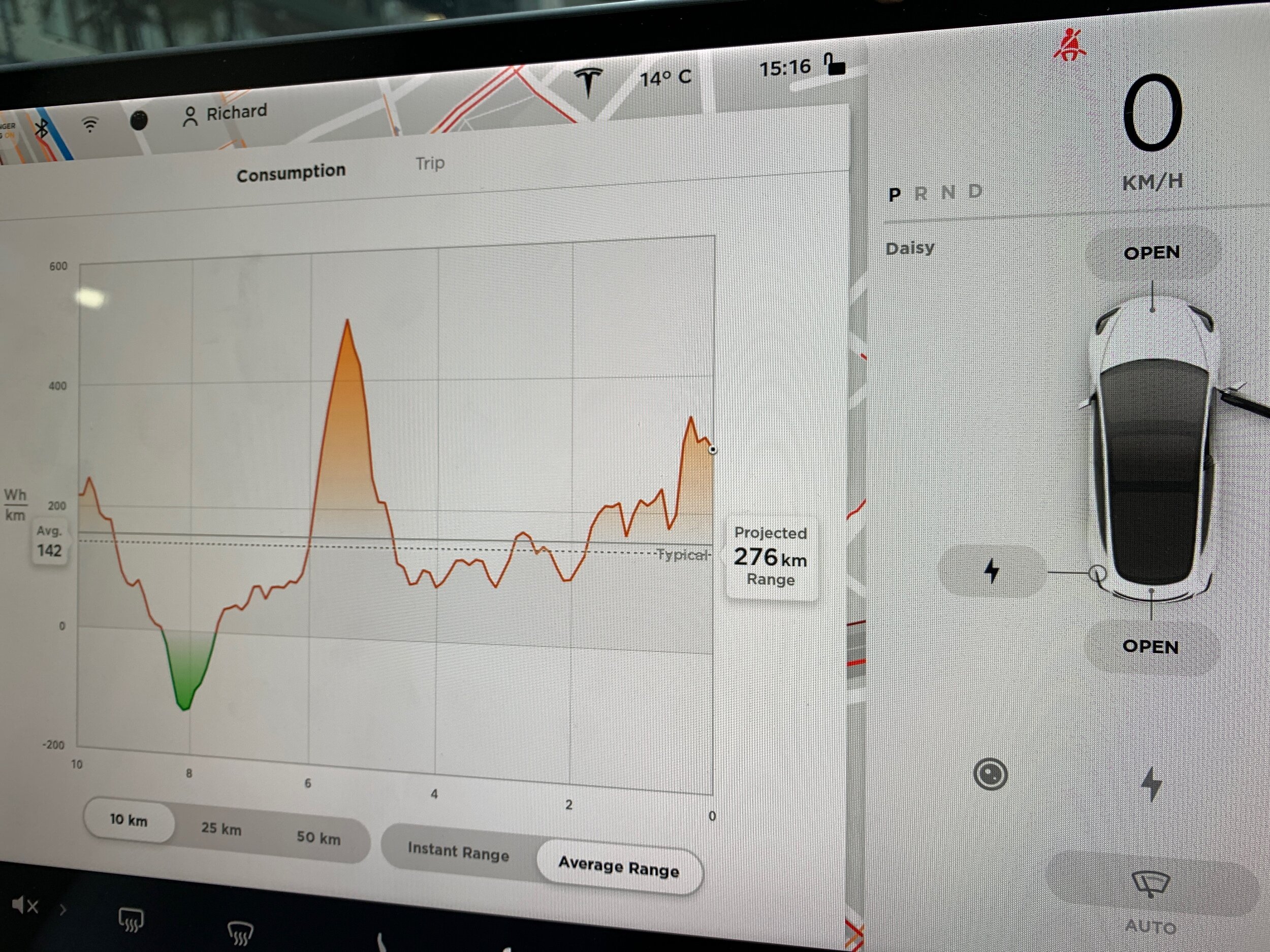
MotoringNZ reviews new cars and keeps readers up-to-date with the latest developments on the auto industry. All the major brands are represented. The site is owned and edited by New Zealand motoring journalist Richard Bosselman.